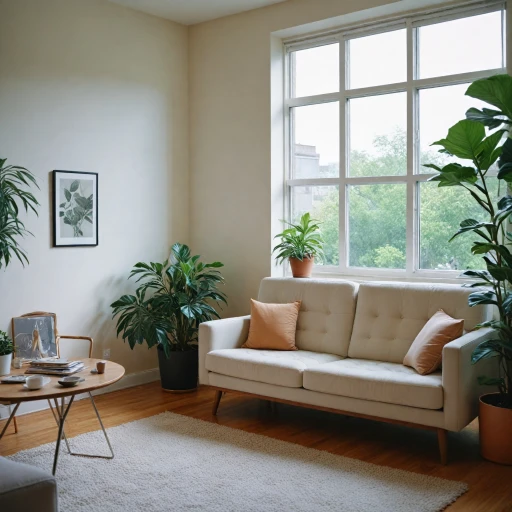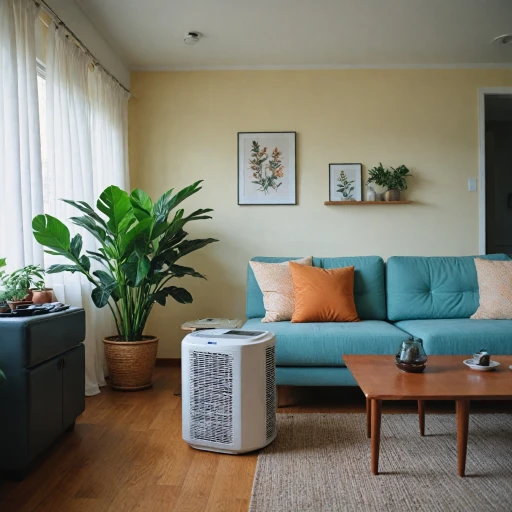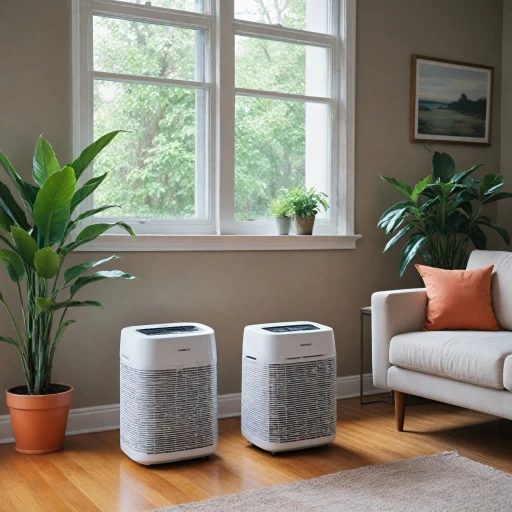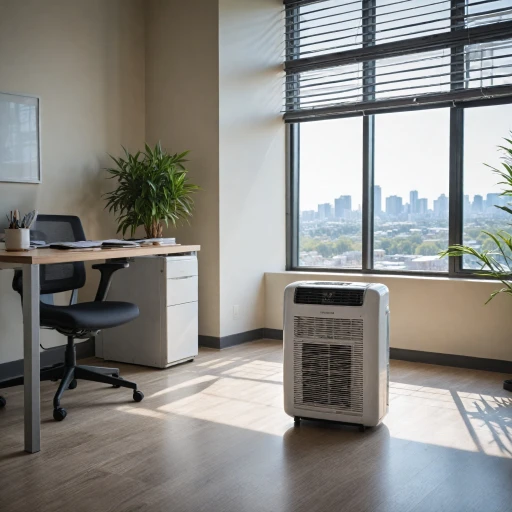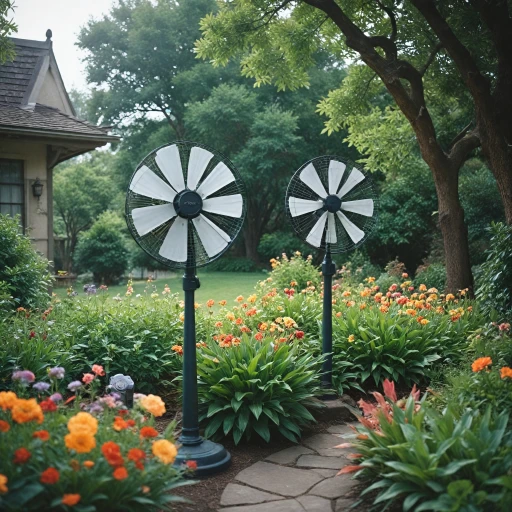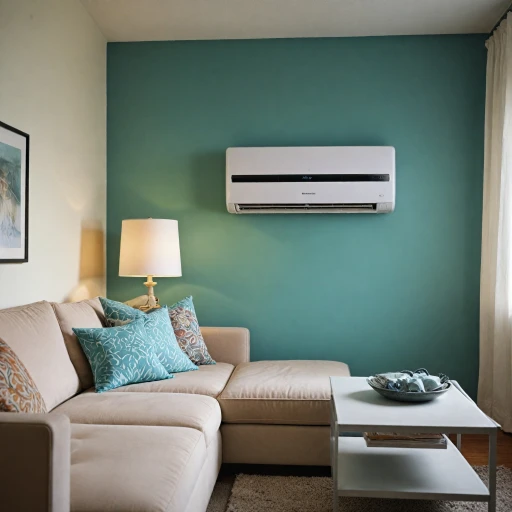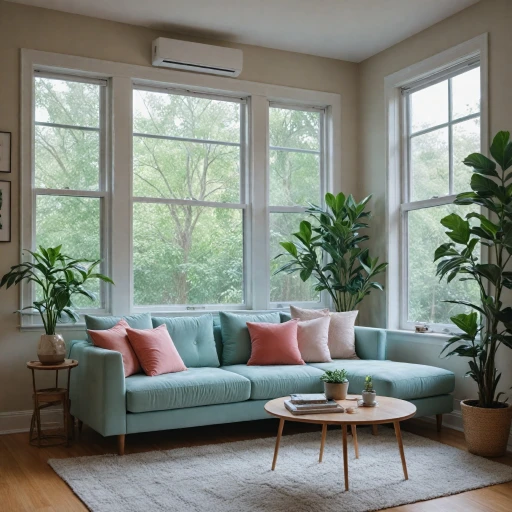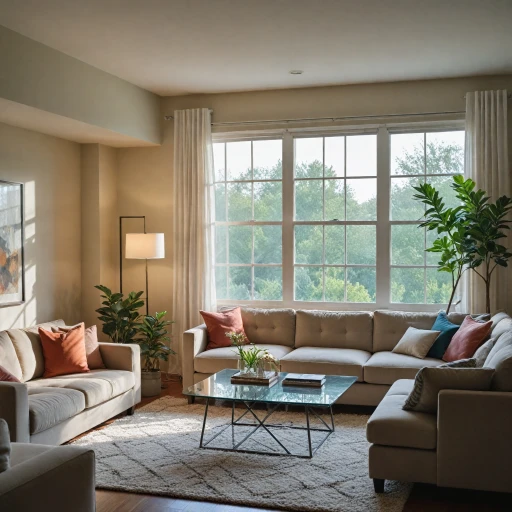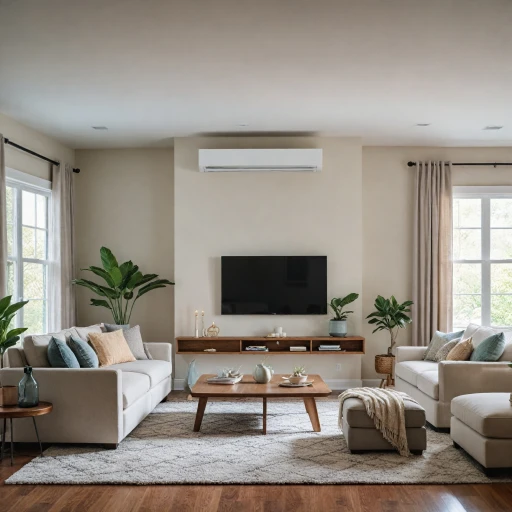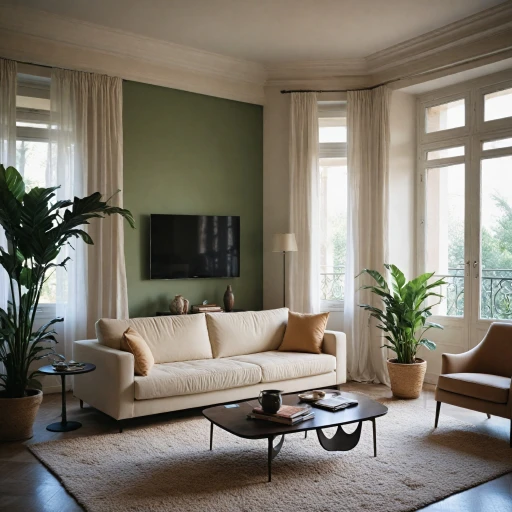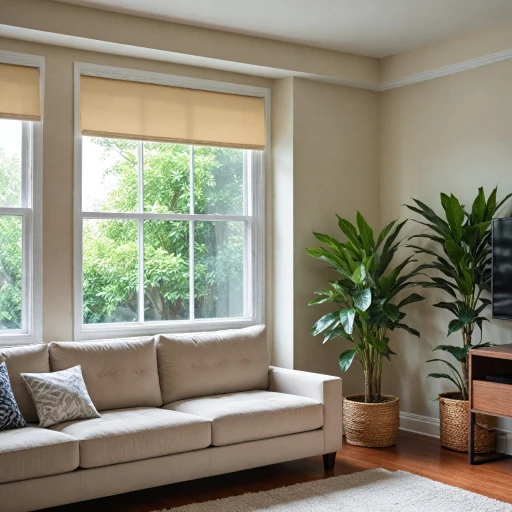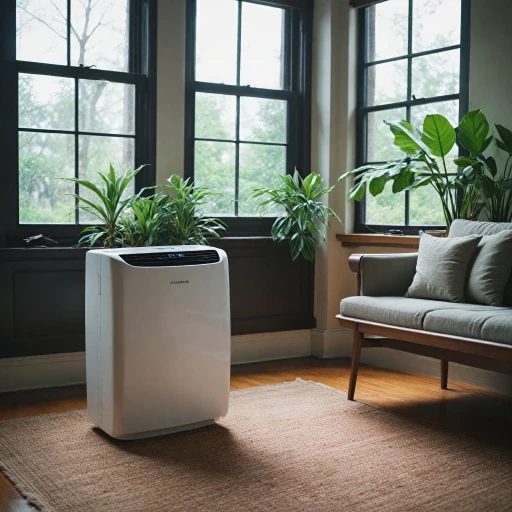
Understanding the Basics
Basics of Portable and Window ACs
Understanding the essentials of portable and window air conditioners can greatly aid in making an informed choice. In essence, both serve the primary purpose of cooling a room, yet they operate differently. Portable air conditioning units are stand-alone devices that can be moved to various locations within a home, providing flexibility and convenience. They expel hot air through a hose connected to a window, making them advantageous for spaces where permanent installation isn’t feasible. On the other hand, window air conditioners are mounted directly into a window, or sometimes through a wall, offering a more fixed cooling source. These units tend to be more efficient at cooling larger areas compared to their portable counterparts, given their ability to maintain a constant airflow and cooling cycle. When you're "choosing portable" over window units, consider the dimensions and layout of your cooling space. Portable units are typically better for smaller rooms or specific spots, while window air conditioners might be the best fit for larger or high-traffic areas. "Room size" is an essential factor as well. A portable unit might be ideal for a compact interior, offering adequate cool while being easily movable. Conversely, spaces with considerable square footage may benefit more from the stable application of window air conditioning. The decision ultimately ties back to the importance of understanding the basics and contemplating solutions like 2-ton mini split air conditioners for tailor-made cooling needs. As you navigate through aspects like energy efficiency and setup, an awareness of your cooling requirements enhances the decision-making process.Installation and Setup
Setup and Space Considerations
When it comes to setting up portable air conditioners versus window units, the process and spatial needs differ significantly. Each type has its specifications affecting installation ease and the impact on your living space. A portable air conditioner's appeal lies in its relatively simple installation. No heavy lifting or intricate setup is required. These units typically sit on the floor and are connected to a window through a hose to expel hot air, allowing for hassle-free assembly. However, choosing portable units means you must ensure the hose is properly aligned with the window kit to prevent air leaks that can hinder cooling efficiency. On the other hand, window air conditioners demand a sturdier setup. These units are meant to be mounted directly within a window frame, requiring some tools and effort to securely position them. This can involve lifting and fitting the conditioner into a room’s window space, making it more suitable for those with applicable window types and a willingness to tackle a more involved installation process. Regardless of the type, careful consideration is necessary to choose the right size for your room, which directly impacts energy consumption and cooling efficiency. For those interested in maintaining their units' longevity and performance, especially in off-seasons, protecting them during winter is vital. More guidance on this can be found in keeping your window AC unit protected during winter.Energy Efficiency and Cost
Analyzing Energy Expenditure
The subject of energy efficiency is crucial when choosing between portable and window air conditioners. Both portable units and window units have varying energy efficiency profiles, which can have significant cost implications over time. When assessing which unit will cool your space with the least impact on your energy bill, it's essential to consider the Energy Efficiency Ratio (EER). The EER provides insight into how well a unit converts energy into cooling power, with higher numbers indicating a more efficient unit. Generally, window air conditioners tend to have higher EER ratings compared to their portable counterparts, potentially making them a more energy-efficient option. However, some advanced portable air conditioners have made strides in bridging the efficiency gap. Modern portable ACs with dual-hose systems or inverter technology can offer improved efficiency and cooling effectiveness. When choosing portable units, look for models with these features to maximize energy efficiency. Moreover, the size of the room and the type of installation space will influence efficiency. Portable units frequently offer flexibility allowing them to be moved from room to room, possibly concentrating cooling capacity where needed most. On the other hand, window units are typically stationary but might provide better cooling per energy spent for one specific room due to their stationary design. To make an informed decision, weigh up each unit's energy implications in terms of upfront cost and long-term savings. A high initial outlay on a more efficient model could be a smart move if reduced energy use translates into lower utility bills over the years. For more in-depth insights, consider exploring portable air conditioner energy efficiency insights in DC. Ultimately, your choice should strike a balance between your immediate cooling needs and long-term energy expenditure, ensuring comfortable, cost-effective living conditions.Mobility and Space Considerations
Mobility Considerations: Portable vs. Window Units
In the debate between portable air conditioning units and window air conditioners, mobility often takes center stage. Portable units offer the unique advantage of being easily movable. These units are perfect for users who prioritize flexibility and wish to cool different rooms without the hassle of installations every time. The wheels on a portable unit make it easy to relocate across spaces, making them convenient for areas with varied cooling needs. On the other hand, window air conditioners excel in providing dedicated cooling for a specific room. Once installed, these window units are particularly effective in maintaining a consistent level of comfort within enclosed spaces. Installation, while it can be a little cumbersome, ensures optimal performance as they are designed to stay in place.Space Considerations: Maximizing Room Efficiency
Portable air conditioning units usually occupy more floor space within a room due to their mobile design. In smaller apartments or rooms with limited space, this might become an issue. These portable acs need to be placed near a window to vent hot air through an appropriate hose, which can sometimes add to clutter. Conversely, window air conditioners preserve floor space, as they are mounted in window frames. However, they do require a window space that is usually unavailable for other uses once installation is complete. This makes it essential to consider the room layout and available installations when choosing portable or window options. Ultimately, the decision between a portable unit and a window air conditioning solution hinges on how you prioritize mobility and space. Understanding these aspects will help guide your choice based on specific room cooling needs and layout constraints.Noise Levels and Performance
Evaluating Decibel Levels for Comfort
The noise generated by air conditioners can be a crucial factor when choosing between portable and window units. Portable air conditioners often incorporate a fan and compressor within the room, which can result in higher decibel levels compared to window models. Window air conditioners, on the other hand, have parts of the unit mounted outside, which can help in reducing indoor noise. For those sensitive to noise, window units might provide a quieter cooling experience. When selecting a cooling solution, it's important to check the decibel rating of different models to ensure it meets your comfort needs. More advanced portable units are designed with reduced noise technology but tend to be on the pricier side.Impact of Unit Placement on Performance
The efficiency of an air conditioner can be influenced by its location. Window units are typically installed higher up, which aids in better air circulation as they can expel hot air efficiently. Portable air conditioning units, however, are limited to floor placement, which could affect how evenly a room is cooled. Additionally, choosing portable models requires space considerations for venting hot air through a window or door. Where you install your unit can also affect the frequency and type of maintenance required. Regular cleaning of filters and checking for blockages in air pathways is necessary to maintain cooling performance. Proper placement ensures better airflow and can extend the life of the unit by preventing strain on the system. By understanding these aspects of noise and performance, you are better equipped to make an informed decision when choosing between portable air conditioners and window units, enhancing not only your cooling efficiency but also your living comfort.Maintenance and Longevity
Maintenance Aspects: Ensuring Longevity and Optimal Performance
Choosing between portable and window air conditioners involves considering how maintenance affects their lifespan and performance. Both types of units come with their unique maintenance needs, impacting the overall cooling efficiency and longevity.
For portable air conditioners, regular maintenance is relatively straightforward. Since these units are designed for easy mobility, their components are generally more accessible for cleaning and upkeep. Periodically, you should empty the water reservoir if your unit isn't self-evaporating. Consistent cleaning of air filters ensures the portable unit operates at its best, enhancing air conditioning efficiency. Typically, filters can be vacuumed or rinsed under water, dried, and replaced.
Window air conditioners, on the other hand, require a different approach. It's crucial to ensure the external part of the unit is free from debris and any obstruction that might impede airflow or cooling. This could involve seasonal installation removal to perform a thorough clean and inspection. Window unit filters also need regular attention as they collect dust and pollutants over time, affecting the cooling capability.
One of the significant advantages of a well-maintained unit is its energy efficiency. Both portable and window ACS will benefit from preserved efficiency, leading to reduced energy consumption and utility costs over time.
Another consideration is the durability of the units. A portable AC may have the edge in terms of transportability, but window units tend to be sturdier, often engineered from heavier materials designed to withstand external elements. This robustness could mean better longevity, though each unit depends on proper care and periodic inspections.
In conclusion, when it comes to maintenance, both portable and window units have their set of care practices that impact their performance and life span. Understanding these can help one make an informed decision, matching their space and specific conditioning needs with the right type of unit.

